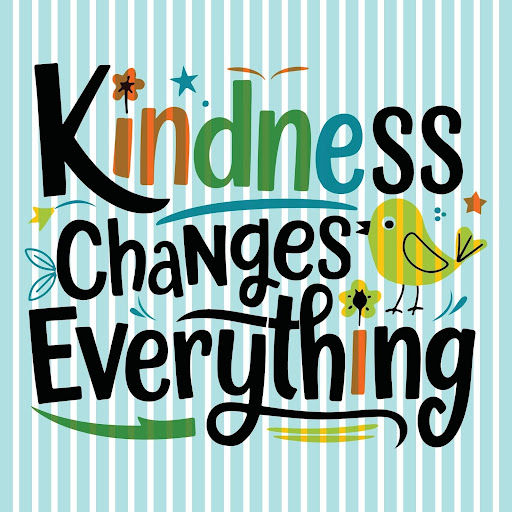Remote Work Environments and Relationships
- Michele Andorfer

- May 15, 2020
- 3 min read
This is the third in a series of posts written collaboratively by Dr. Michele Andorfer and Mike Haynes.
In the previous post, we explored ways to ensure productivity doesn't suffer because of a remote work environment. After talking with several colleagues--many of whom regularly work remotely--we were able to identify several strategies.
In this post, we are going to dive into ways people working remotely are able to continue to build and nurture relationships. Before gathering our thoughts, we hosted a Zoom chat with colleagues who have varying degrees of experience working remotely. What we learned from our colleagues and our research is that it is important to focus on personal connections, relationships and organizational culture.
We both come from school and work environments that are people-driven. We are also both accustomed to building and nurturing relationships through conversations in the lounge, the hallway or in passing. One of the more significant differences when working remotely is the absence of those incidental connections.
Personal connections and relationships -
The way a virtual meeting is scheduled is an important factor in building and maintaining relationships. People want to know what will be discussed, possible outcomes and a time frame. There is nothing that creates more tension and anxiety then when people feel their time is being wasted by off task communication or meetings where time is not respected.
In traditional face-to-face meetings, people often like to “catch up” or talk about how things are going personally prior to the meeting getting started. That type of informal conversation needs to be built into virtual meetings. Opening a virtual room early and inviting people to come in and visit, gives individuals that want to socialize with each other a forum to communicate without cutting into the scheduled meeting time. Individuals who don’t want to socialize before the meeting can join the meeting at the scheduled time. In that way, everyone’s time is honored.
Once a meeting begins, the first 10 minutes can be dedicated to some type of team building question to get everyone to participate. Just like in face to face meetings, this helps to create connections between team members and is often considered part of the meeting process. Also, when team members are meeting virtually, it’s important that each person has their camera turned on whenever possible. This increases connectedness by being able to observe nonverbal communication along with verbal communication among the team members.
Outside a scheduled meeting there are other ways that coworkers can maintain connections. Instead of running into someone in the hallway and having a spontaneous conversation, individuals can learn to be more purposeful and reach out when they are thinking of that person by emailing, texting or picking up the phone and calling. It’s about making the effort to initiate the conversation and showing interest in some of the personal topics that you might have discussed if you would have seen them in person.
Being deliberate and consistent is important. One strategy could be allocating the time you otherwise would have been commuting to and from work into your schedule for those 1:1 connections.
Climate and culture -
Great organizations and great schools depend on people, their behaviors and mindsets. Both of our experiences in traditional work environments included a strong focus on climate and culture. We have both spent years developing trust and cohesiveness with our staff and colleagues. Some of that can happen in a virtual setting as discussed above.
But culture is also about the way team members feel about their role, whether they have a voice in the organization and whether their work is fulfilling. Oddly enough, the same strategies used to build and maintain a positive work culture in a traditional setting can be used in a remote environment. Taking time to listen to your team members, demonstrating a sincere interest in their work and the life outside of work and encouraging them to connect their purpose with their work are all equally effective when working remotely. It’s the delivery method that has to change.
Our point?
Communication can be hard when people are sitting in the same room. Working virtually makes it even more tricky to maintain clear and purposeful communication. However, with a little extra thought and deliberate effort, developing and maintaining relationships in a virtual environment is possible and can often be just as rewarding and just as successful.




Comments